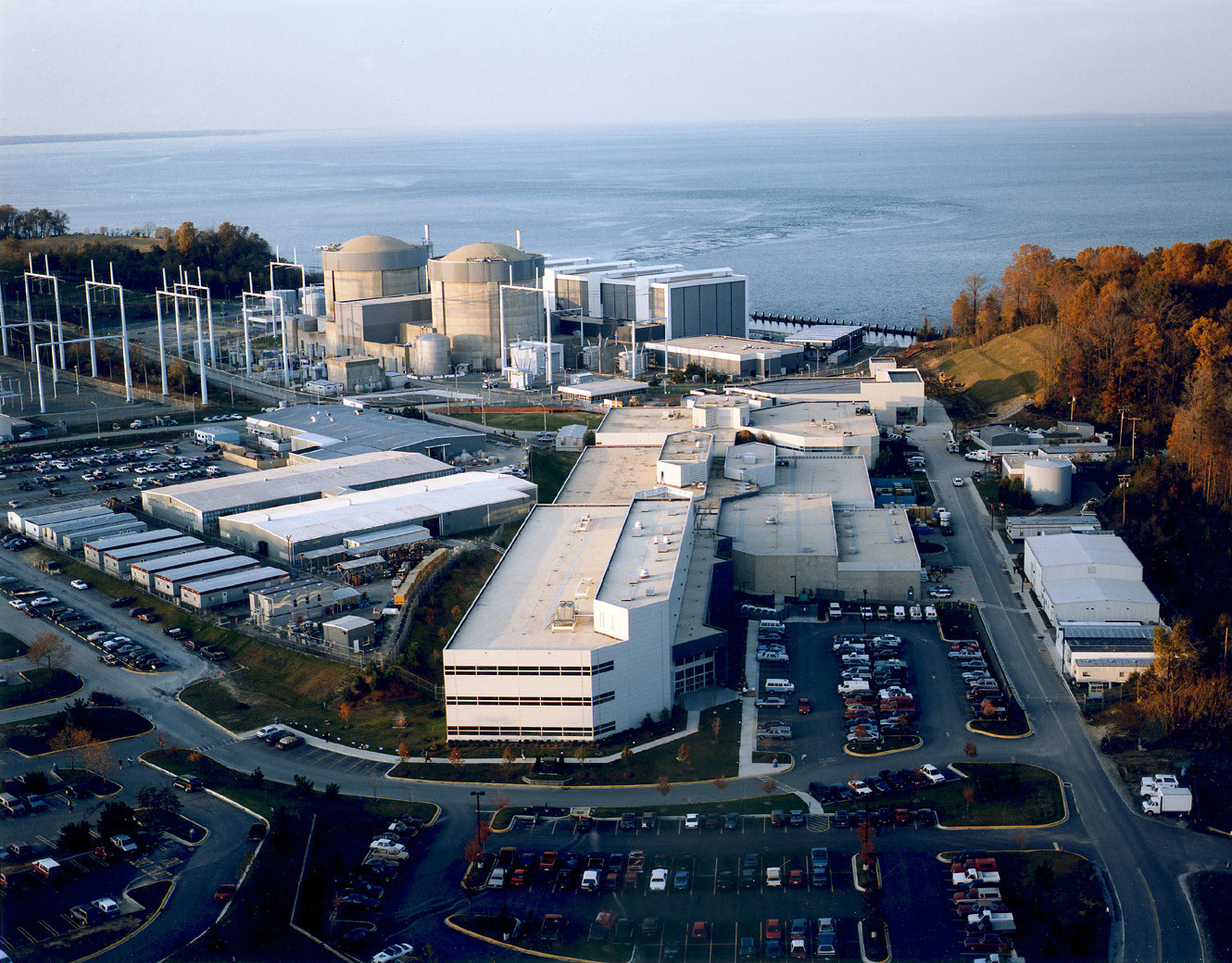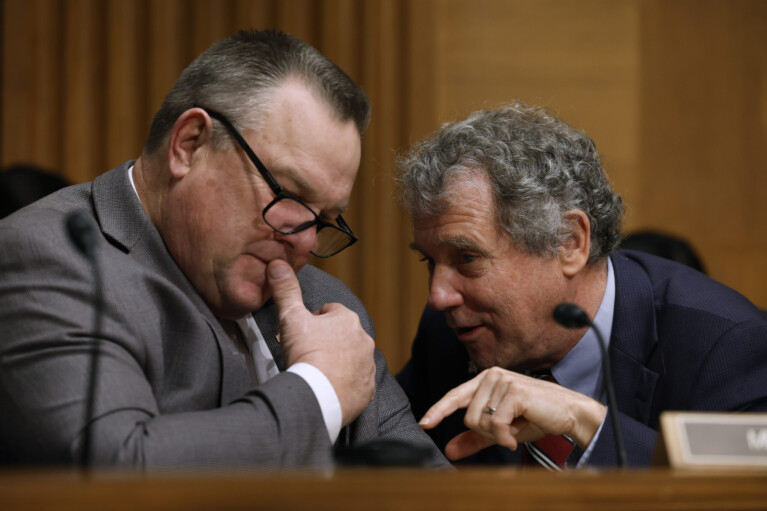Transportation Authority Gets First Look at Potential I-495/I-270 Tolls

Motorists who use Maryland’s new High-Occupancy Toll lanes along Interstate 270 and the Capital Beltway (I-495) can expect to pay — on average — about $1 per mile during the morning commute and approximately $1.50 per mile to get home, according to a preliminary set of toll ranges released by the state on Thursday.
A southbound commuter who travels the entire length of Phase 1 of the state’s hoped-for toll lane network — from the I-270/I-370 interchange to the Capital Beltway and across the American Legion Bridge — would pay about $7 between 7 a.m. and 9 a.m.
The average northbound trip, from the bridge up I-270 to I-370, would run approximately $11 between 4 p.m. and 7 p.m.
Travel at other times of the day would be less expensive.
Northern Virginia drivers who use that state’s “managed lanes” network pay, on average, $5.40 on the Beltway and $8.45 on I-95, said authority CFO Deborah Sharpless.
The estimates were unveiled for the first time by the Maryland Department of Transportation prior to the Maryland Transportation Authority’s board meeting Thursday.
Officials with both the agency and the authority stressed that the estimated toll rates are preliminary and likely to change.
Nevertheless, they represent the first glimpse the public has had at specific toll rates since Gov. Lawrence J. Hogan Jr. (R) unveiled his plan to add “express toll lanes” to the two highways in 2017.
Critics of variably-priced toll lanes say they represent a way for the well-to-do to buy their way out of traffic. The Washington, D.C., region has some of the worst traffic tie-ups in the nation.
They note that, on occasion, tolls can skyrocket, particularly when demand is high or if a crash occurs in the no-cost lanes.
“I would like to flag that for the board for those of you who have not experienced that dynamic tolling process,” said MdTA board member Dontae Carroll. “Those rates, shall I say, are aggressive at times.”
Transportation Secretary Greg Slater, who chairs the MdTA board, said the state intends to insist on “checks and balances” to protect the public.
Sharpless said only “the most extreme deterioration conditions” would cause rates to exceed the soft cap. She said that 85% of express-lane trips in Northern Virginia were less than $12.
In a joint statement, Hogan and Virginia Gov. Ralph S. Northam (D) said the American Legion Bridge is “a critical lifeline for the National Capital Region.”
The two states will share the cost of rebuilding the 60-year-old span over the Potomac River.
Last week MDOT selected Accelerated Maryland Partners, a consortium led by two Australian firms — Transurban and Macquarie Capital — to finance and build the state’s HOT lane network. Transurban owns and operates more than 60 miles of express toll lanes in Virginia and will be handling the project for both states if the deal wins needed approvals.
“This major milestone supports the delivery of improvements through innovative public-private partnerships that will attract billions of dollars in infrastructure investments, support thousands of jobs, and improve quality of life for all of our residents,” the governors said in their statement.
The General Assembly has 30 days to review the proposed contract. Slater said it will go to the Board of Public Works for approval in late April or early May.
The release of preliminary tolling numbers represents the beginning of a months-long process that will include two separate public comment periods, officials said on Thursday.
Under state law, the authority’s board must sign-off on toll rates before they can go into effect. A vote is not expected until October.
In comments to the board, Slater, Sharpless and others said that the adoption of privately-funded toll lanes would help motorists who use them as well as those who don’t.
The preliminary rates released publicly on Thursday include a “soft cap” of $1.50 per mile and a maximum of $3.76 per mile.
Accelerate Maryland would not be allowed to exceed the soft cap unless the average traffic volume is greater than 1,600 cars for a five-minute period — or if vehicle speed in the express lanes dips below an average of 50 miles an hour for a five minute period.
That would preserve the lure of HOT lanes at a time when “general purpose” lanes are congested, officials have said.
The $1.50-per-mile preliminary “soft cap” toll rate listed in the memo would apply to two-axle vehicles. Trucks and other vehicles with three or more axels would pay more. Tractor-trailers would pay $9-per-mile, a rate likely to discourage them from using HOT lanes.
Motorcycles would pay half as much as cars.
The base tolls would apply to drivers who have an active EZPass account. People who register for the state’s “pay-by-plate” program would face a $1.88-per-mile soft cap. Motorists who are “unregistered” would pay as much as $2.25-per-mile under the preliminary proposal. They would receive a bill in the mail.
People who travel at off-peak times would pay lower tolls than rush-hour travelers, because of the “dynamic” tolling structure the state envisions for the two Montgomery County highways.
MDOT estimates that the average weekday trip — a 7-mile drive, based on agency data — would run about $4 for people traveling southbound and about $5 for northbound motorists.
The agency selected Accelerate Maryland Partners to handle “predevelopment” work on the project last week. It was one of three investor groups that competed for the contract.
In the first phase of the project, the state would widen the American Legion Bridge, the Beltway between the bridge and I-270, and I-270 from I-370 south.
If the project is approved, the consortium would finance and build the new lanes. They would run alongside the existing lanes, which would remain free.
Accelerate would set toll rates and keep the bulk of the revenue. Rates would fluctuate throughout the day to maintain an average toll-lane speed of 45 miles per hour, state officials have said.
Buses and vehicles with three or more people can use the toll lanes for free.
Accelerate’s bid included a $145 million “development rights fee,” a commitment to use union labor, and a $300 million payment to localities to boost mass transit.
This story has been updated from an earlier version to provide more details on the tolling structure.




 Creative Commons Attribution
Creative Commons Attribution